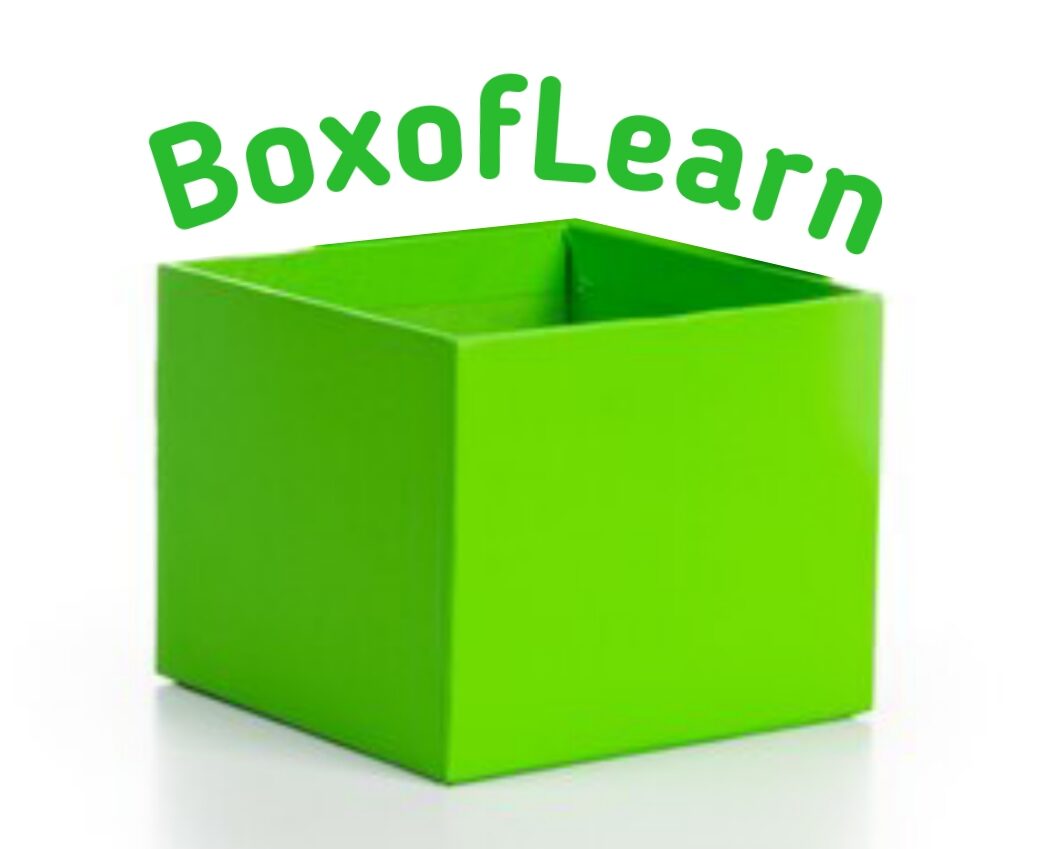Supervised learning is a core concept in the field of machine learning, Widely used across various industries. However, if you’re preparing for a job interview or seeking to enhance your knowledge in machine learning, having a solid understanding of Supervised Learning interview questions is essential. this article covers a comprehensive set of questions, from basic to advanced, that can help you ace your next interview. whether you’re a beginner or an experienced data scientist, this guide will equip you with valuable insights and answers for your supervised learning interviews.

Supervised Learning
Top 50 Supervised Learning interview questions
1. What is supervised learning?
Answer : Supervised learning is a type of machine learning where the model is trained on labeled data. the model learns to map inputs to the correct outputs by minimizing the difference between predicted and actual outcomes.
2. How does supervised learning differ from unsupervised learning?
Answer : Supervised learning uses labeled data to train models, while unsupervised learning works with unlabeled data to find hidden patterns or structures.
3. What are some common algorithms used in supervised learning?
Answer : Common supervised learning algorithms include Linear Regression, Logistic Regression, Decision Trees, Random Forest, and Support Vector Machines (SVM).
4. What is overfitting in supervised learning?
Answer : Overfitting occurs when a model learns the training data too well, including noise and outliers, leading to poor performance on unseen data.
5. How can you prevent overfitting?
Answer : Can prevent overfitting by using techniques like cross-validation, regularization (L1/L2), pruning (in decision trees) and reducing model complexity.
6. What is underfitting in supervised learning?
Answer : Underfitting happens when the model is too simple to capture the underlying patterns in the data, resulting in poor performance on both training and test sets.
7. What is the difference between classification and regression in supervised learning?
Answer : Classification involves predicting a discrete label (e.g., cat vs. dog), while regression predicts continuous values (e.g., predicting house prices).
8. What is a training set in supervised learning?
Answer : A training set is a subset of the dataset used to train the model. It contains input-output pairs that the model uses to learn patterns.
9. What is a test set in supervised learning?
Answer : A test set is a separate subset of the dataset used to evaluate the performance of a trained model on unseen data.
10. What is cross-validation?
Answer : Cross-validation is a technique used to assess the performance of a model by dividing the data into multiple subsets and training/testing the model on different combinations of these subsets.
11. How does k-fold cross-validation work?
Answer : In k-fold cross-validation, the dataset is divided into k subsets, and the model is trained on k-1 subsets while the remaining subset is used for testing. this process is repeated k times.
12. What is bias in supervised learning?
Answer : Bias refers to the error introduced by simplifying assumptions made by a model. High bias can lead to underfitting.
13. What is variance in supervised learning?
Answer : Variance refers to the sensitivity of the model to fluctuations in the training data. high variance can lead to overfitting.
14. What is the bias-variance tradeoff?
Answer : The bias-variance tradeoff is the balance between minimizing bias (error due to model assumptions) and variance (error due to sensitivity to data variations).
15. What is the confusion matrix?
Answer : A confusion matrix is a table that describes the performance of a classification model by showing true positives, true negatives, false positives and false negatives.
16. What is precision in classification?
Answer : Precision is the ratio of correctly predicted positive observations to the total predicted positives. it measures the model’s accuracy in predicting positives.
17. What is recall in classification?
Answer : Recall is the ratio of correctly predicted positives to all actual positives. it measures how well the model identifies all relevant positive cases.
18. What is F1 score?
Answer : The F1 score is the harmonic mean of precision and recall, providing a single metric to evaluate a model’s performance when both false positives and false negatives are important.
19. What is ROC curve?
Answer : The ROC (Receiver Operating Characteristic) curve is a graphical plot that illustrates the performance of a binary classifier by plotting the true positive rate (recall) against the false positive rate.
20. What is AUC in the ROC curve?
Answer : AUC (Area Under the Curve) measures the area under the ROC curve. a higher AUC indicates a better-performing model.
21. What is Logistic Regression?
Answer : Logistic Regression is a classification algorithm that models the probability of a binary outcome using a sigmoid function.
22. What is Linear Regression?
Answer : Linear Regression is a regression algorithm that models the relationship between the dependent variable and one or more independent variables using a linear equation.
23. What is the difference between Linear and Logistic Regression?
Answer : Linear Regression predicts continuous outcomes, while Logistic Regression predicts categorical (binary) outcomes.
24. What is the cost function in supervised learning?
Answer : The cost function measures the error between predicted and actual values. For example, in Linear Regression, the cost function is Mean Squared Error (MSE).
25. What is gradient descent?
Answer : Gradient descent is an optimization algorithm used to minimize the cost function by adjusting model parameters iteratively in the direction of the steepest descent.
26. What is the learning rate in gradient descent?
Answer : The learning rate is a hyperparameter that controls how much the model’s parameters are updated during training. a high learning rate can lead to overshooting the optimal solution, while a low rate slows convergence.
27. What is regularization in supervised learning?
Answer : Regularization is a technique used to reduce overfitting by adding a penalty to the cost function, limiting the complexity of the model. common types include L1 (Lasso) and L2 (Ridge).
28. What is L1 regularization?
Answer : L1 regularization (Lasso) adds the absolute value of coefficients as a penalty term to the cost function, encouraging sparsity in the model.
29. What is L2 regularization?
Answer : L2 regularization (Ridge) adds the square of the coefficients as a penalty term, shrinking the coefficients to prevent overfitting.
30. What is a decision tree?
Answer : A decision tree is a flowchart-like model used for classification and regression, where each internal node represents a decision based on a feature and each leaf node represents an outcome.
31. What is pruning in decision trees?
Answer : Pruning is the process of removing parts of a decision tree that do not provide additional value, helping to prevent overfitting.
32. What is Random Forest?
Answer : Random Forest is an ensemble learning method that combines multiple decision trees to improve accuracy and reduce overfitting.
33. How does Random Forest differ from a single decision tree?
Answer : A single decision tree can overfit the data, while Random Forest reduces overfitting by averaging the results of many decision trees built on different subsets of data.
34. What is a support vector machine (SVM)?
Answer : SVM is a supervised learning algorithm used for classification that finds the hyperplane that best separates the data points into classes.
35. What is the kernel trick in SVM?
Answer : The kernel trick allows SVM to work in higher-dimensional space by applying a kernel function, enabling it to classify non-linearly separable data.
36. What is k-nearest neighbors (KNN)?
Answer : KNN is a simple supervised learning algorithm that classifies data points based on the majority class of their nearest neighbors in the feature space.
37. What is the curse of dimensionality in KNN?
Answer : The curse of dimensionality refers to the problem where KNN’s performance degrades in high-dimensional spaces because distances between points become less meaningful.
38. What is Naive Bayes?
Answer : Naive Bayes is a probabilistic classifier based on Bayes’ theorem, assuming that features are conditionally independent given the class label.
39. What is the assumption behind Naive Bayes?
Answer : Naive Bayes assumes that the features are independent of each other, which simplifies the computation of probabilities.
40. What is feature scaling?
Answer : Feature scaling is the process of normalizing the range of features in a dataset to ensure that no feature dominates others due to different scales. Common techniques include Min-Max scaling and Standardization.
41. What is label encoding?
Answer : Label encoding is the process of converting categorical labels into numeric values, where each unique label is assigned a number.
42. What is one-hot encoding?
Answer : One-hot encoding transforms categorical variables into a binary matrix where each category is represented by a binary vector with a 1 in the corresponding position and 0s elsewhere.
43. What is class imbalance in supervised learning?
Answer : Class imbalance occurs when one class significantly outnumbers others in a dataset, which can lead to biased predictions towards the majority class.
44. How do you handle class imbalance?
Answer : Class imbalance can be handled using techniques like resampling (oversampling/undersampling), SMOTE (Synthetic Minority Over-sampling Technique) or using different performance metrics like precision-recall curves.
45. What is a hyperparameter in supervised learning?
Answer : A hyperparameter is a configuration value set before training, such as learning rate or number of trees in Random Forest. these are not learned from the data but need to be optimized.
46. What is a confusion matrix used for?
Answer : A confusion matrix is used to evaluate the performance of a classification model by comparing the actual vs. predicted labels across all classes.
47. What is bagging in supervised learning?
Answer : Bagging (Bootstrap Aggregating) is an ensemble technique that trains multiple models on different subsets of the data and averages their predictions to improve accuracy and reduce overfitting.
48. What is boosting in supervised learning?
Answer : Boosting is an ensemble technique that trains models sequentially, here each model focuses on correcting the errors made by the previous model.
49. What is AdaBoost?
Answer : AdaBoost (Adaptive Boosting) is a boosting algorithm that assigns more weight to incorrectly classified instances, forcing subsequent models to focus on them.
50. What is gradient boosting?
Answer : Gradient boosting is an ensemble technique that builds models sequentially, minimizing the loss function at each step by focusing on the residual errors from the previous model.
In conclusion, mastering the answers to Supervised Learning interview questions is critical to standing out in the highly competitive field of machine learning. by understanding the key concepts and algorithms used in supervised learning, you can confidently tackle interview challenges. Moreover, practicing with these carefully curated questions will boost your preparation and help you land your dream job in AI or data science. keep exploring more, stay updated with the latest trends in supervised learning and make sure to practice regularly for continuous improvement.
Also Learn : Top Artificial Intelligence MCQs
